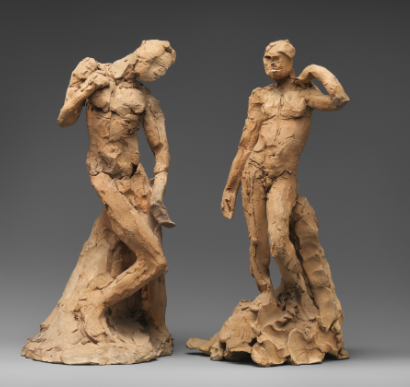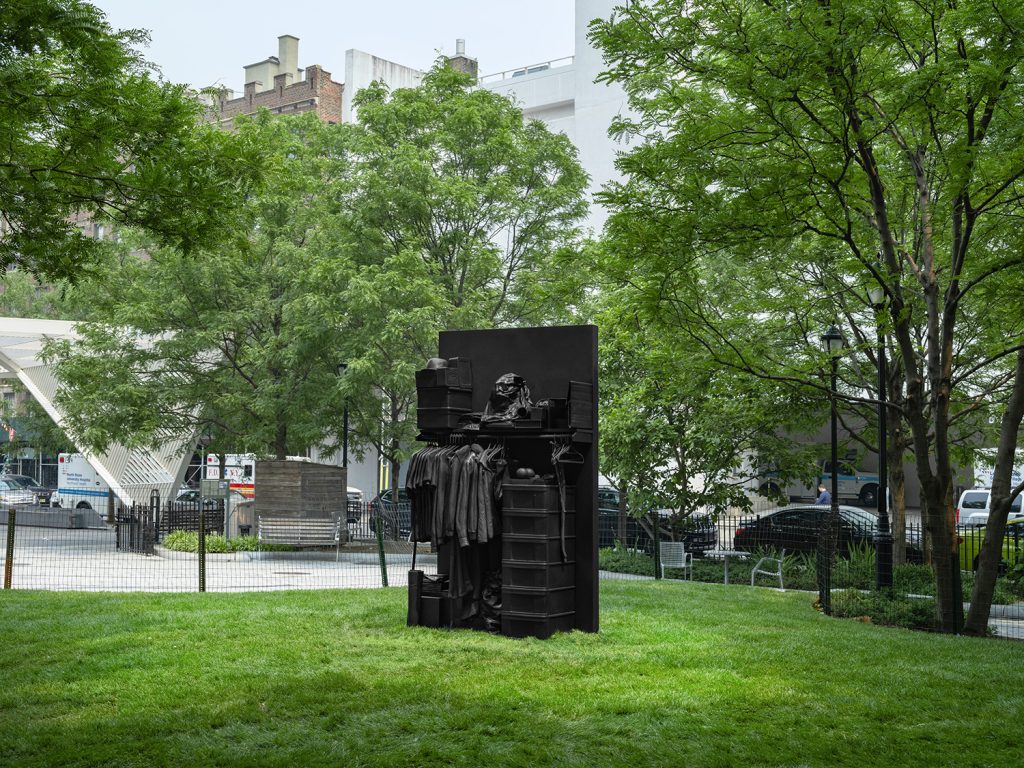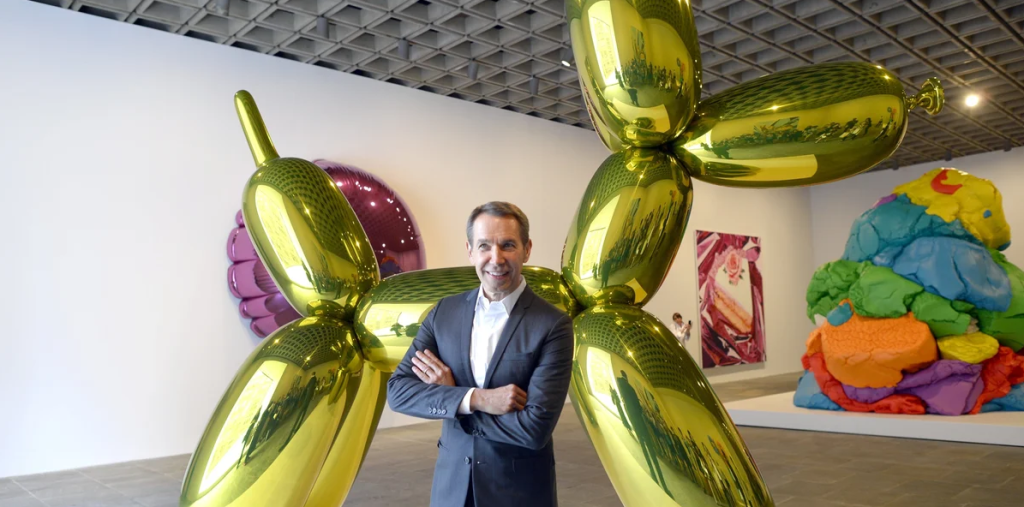Sculpting Legends: The Enduring Influence of Michelangelo on Auguste Rodin
The world of sculpture has been profoundly shaped by the genius of Michelangelo and Auguste Rodin. Both masters transcended their eras, with Michelangelo’s Renaissance works laying the groundwork for Rodin’s innovative approaches in the late 19th century. Exploring their artistic connection reveals how foundational practices have evolved while still echoing through time.
Michelangelo’s Mastery: The Ideal Form
Michelangelo, a quintessential Renaissance artist, is best known for his larger-than-life sculptures, including the iconic “David” and “Pietà.” His talent for depicting the human form with anatomical precision and emotional depth has influenced countless artists. Michelangelo’s focus on the physicality of his figures—capturing tension, movement, and the subtleties of muscle definition—set a new standard for realism in sculpture. This emphasis on anatomy directly resonated with Rodin, who admired Michelangelo’s ability to convey humanity through stone. Michelangelo’s insistence on merging art with philosophy provided Rodin with a philosophical framework to explore his own artistic identity.
The Emotional Resonance in Rodin’s Work
Auguste Rodin, often hailed as the father of modern sculpture, built upon Michelangelo’s techniques but infused them with a profound emotional dimension. Rodin’s works, such as “The Thinker” and “The Kiss,” capture the complexities of human emotions, highlighting the struggles and joys of the human experience. While Michelangelo focused on idealized beauty, Rodin embraced imperfections and the rawness of emotion, bringing a new energy to his sculptures. This shift allowed him to explore themes of love, despair, and introspection in ways that resonated deeply with audiences. Rodin’s interpretation of Michelangelo’s techniques enabled him to innovate, transforming traditional methods into a more expressive and contemporary style.
The Legacy of Influence: A Continuous Dialogue
The dialogue between Michelangelo and Rodin continues to inspire artists today. Rodin regarded Michelangelo as a guiding influence, frequently referencing his works in his own, and even moving through the same themes of human emotion and existence. This relationship between the two sculptors illustrates the fluidity of artistic influence. Sculpture remains an ever-evolving field, and the principles established by Michelangelo and expanded upon by Rodin serve as a foundation for modern sculptors. The ongoing conversation between classical forms and contemporary expressions remains relevant, showcasing how the past shapes the present in the world of art.
In conclusion, Michelangelo and Rodin’s artistic journey illustrates the powerful influence of one artist on another. Their legacies invite us to explore the depths of human experience through sculpture and reflect on the evolving nature of art. If you’re intrigued by their stories, consider visiting museums featuring their works or studying how their techniques can inspire your own creative endeavors. Embrace the world of sculpture, and who knows what revelations await!


